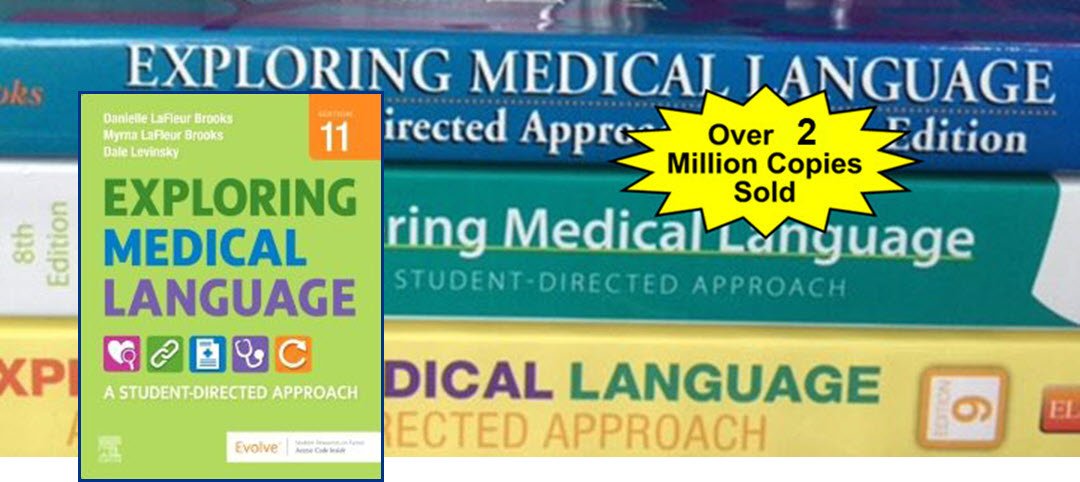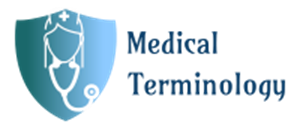Communication Skills In Healthcare Is Vital
Have you ever wondered why medical professionals seem to speak a language all their own?

Exploring medical language opens a fascinating world of specialized terminology that forms the backbone of healthcare communication. This essential guide for students — Exploring Medical Language — delves into the intricate vocabulary used in clinical settings, providing a comprehensive overview of medical terminology. Understanding this unique language is crucial for aspiring healthcare professionals to ensure accurate diagnoses, effective treatments, and clear patient communication.
Exploring Medical Terminology
Exploring Medical Terminology offers a structured approach to mastering medical language, breaking it down into key areas of study. It covers anatomy and physiology terminology, helping students grasp the vocabulary related to body systems and their functions. The guide also explores diagnostic and procedural terminology, equipping learners with the tools to understand medical reports and treatment plans. Additionally, it delves into pharmacology and medication terminology, enabling students to comprehend drug names, dosages, and administration methods. By the end of your learning journey in medical language, students will have a solid foundation to build upon as they pursue careers in healthcare.
Anatomy and Physiology Terminology
Anatomical Directions and Planes
Understanding anatomical terminology is crucial for healthcare professionals.
When identifying structures in the human body, anatomists use a reference point known as the anatomical position. This position assumes the body is standing upright, facing forward, with arms extended and palms facing outward [1]. Specific directional terms are employed to describe locations and relationships between body parts. For instance, superior refers to structures closer to the head, while inferior indicates those farther away [2]. Medial and lateral describe positions relative to the body’s midline, with medial being closer and lateral farther away [2].
Organ Systems Nomenclature
The human body consists of several interconnected organ systems, each performing specific functions to maintain life [3].
These systems include:
- Musculoskeletal system: Provides mechanical support and enables movement
- Cardiovascular system: Transports oxygen, nutrients, and hormones throughout the body
- Respiratory system: Facilitates gas exchange and regulates acid-base balance
- Nervous system: Controls vital body functions and sensations
- Digestive system: Processes food for energy and nutrient absorption
- Urinary system: Filters blood and eliminates waste through urine production
- Endocrine system: Produces hormones to regulate various bodily functions
- Lymphatic system: Drains excess tissue fluid and supports immune defense
- Reproductive system: Enables reproduction through the production of reproductive cells
- Integumentary system: Provides physical protection and sensory reception [3]
Pathological Terms
Healthcare professionals use specific pathological terms to effectively communicate about diseases and abnormalities.
For example, an abscess refers to a localized collection of pus in a cavity formed by tissue disintegration [4]. Adenocarcinoma describes a malignant tumor originating in glandular tissue, while adenoma indicates a benign tumor of glandular elements [4]. Understanding these terms is essential for accurate diagnosis and treatment planning in medical practice.
Diagnostic and Procedural Terminology
Pharmacology and Medication Terminology
Drug Classifications
Drug classifications organize medications into categories based on chemical similarities, legal status, and medical uses. The Controlled Substances Act of 1970 established five schedules for drugs, considering their legitimate medical use, potential for abuse, and risk of addiction [5].
Schedule I drugs, such as heroin and LSD, have no accepted medical use and a high potential for abuse. Schedule II drugs, including oxycodone and fentanyl, have accepted medical uses but also have a high potential for abuse [5].
Routes of Administration
Drugs can be administered through various routes, each with specific purposes and advantages. The oral route is the most common, convenient, and often the safest [6]. However, some drugs may irritate the digestive tract or poorly absorb orally.
Alternative routes include injection (subcutaneous, intramuscular, intravenous), transdermal, sublingual, and rectal administration [6]. The route choice depends on the drug’s properties, the desired onset of action, and the patient’s condition.
Dosage Forms and Strengths
Dosage forms refer to the physical form of a drug, such as tablets, capsules, or creams [7]. The strength indicates the amount of drug in each unit, for example, a 500 mg capsule [7]. The dosage regimen specifies the frequency of administration, while the total daily dose is calculated from the individual dose and frequency [7].
Understanding these terms is crucial for healthcare professionals to ensure accurate and effective medication administration.
Conclusion
Master medical terms on your terms!
This time-tested book is both a text and a workbook. Exploring Medical Language, 11th Edition provides exercises that make it easy to build an understanding of medical terminology.
The text is organized by body system; medical terms are divided into two categories:
1) Words built from word parts and
2) Words that are NOT built from word parts.
Fun and engaging exercises help you learn word parts and then learn how to combine the parts into full medical terms that make sense.
The text also comes packaged with paper flashcards. For more practice, you can visit the Evolve website, which has games, activities, flashcards, and practice exams.
The authors are well-known educators Danielle LaFleur Brooks, Myrna LaFleur Brooks, and Dale Levinsky; this learning package helps you gain fluency in medical language and communicate clearly in the health care setting.
References
[1] – https://bio.libretexts.org/Bookshelves/Human_Biology/Human_Anatomy_Lab/01%3A_Overview_and_the_Microscope/1.02%3A_Anatomical_Position_and_Planes
[2] – https://training.seer.cancer.gov/anatomy/body/terminology.html
[3] – https://www.kenhub.com/en/library/anatomy/human-body-systems
[4] – https://www.schulich.uwo.ca/pathol//about_us/resources/glossary_of_medical_terms.html
[5] – https://aimseducation.edu/blog/all-essential-medical-terms
[6] – https://pce.sandiego.edu/what-is-medical-terminology-explanations-helpful-resources/
[7] – https://www.dmu.edu/medterms/overview/
Exploring Medical Language, 11th Edition

An Online Medical Terminology Course
Here is an online course worth checking out. It is offered by the Medical Terminology Academy and is based on the popular textbook Basic Medical Language (7th Edition) published by Elsevier. Access to Evolve is included with the purchase of the text. Elsevier has a proud publishing history built on valued partnerships with authors to bring quality products to professionals and institutions worldwide.
For over 25 years, the textbook Basic Medical Language has been used to teach medical terminology in the classroom.
Now, the authors are offering a course free with the purchase of the textbook.
Click here to learn more about this online medical terminology course and textbook.

